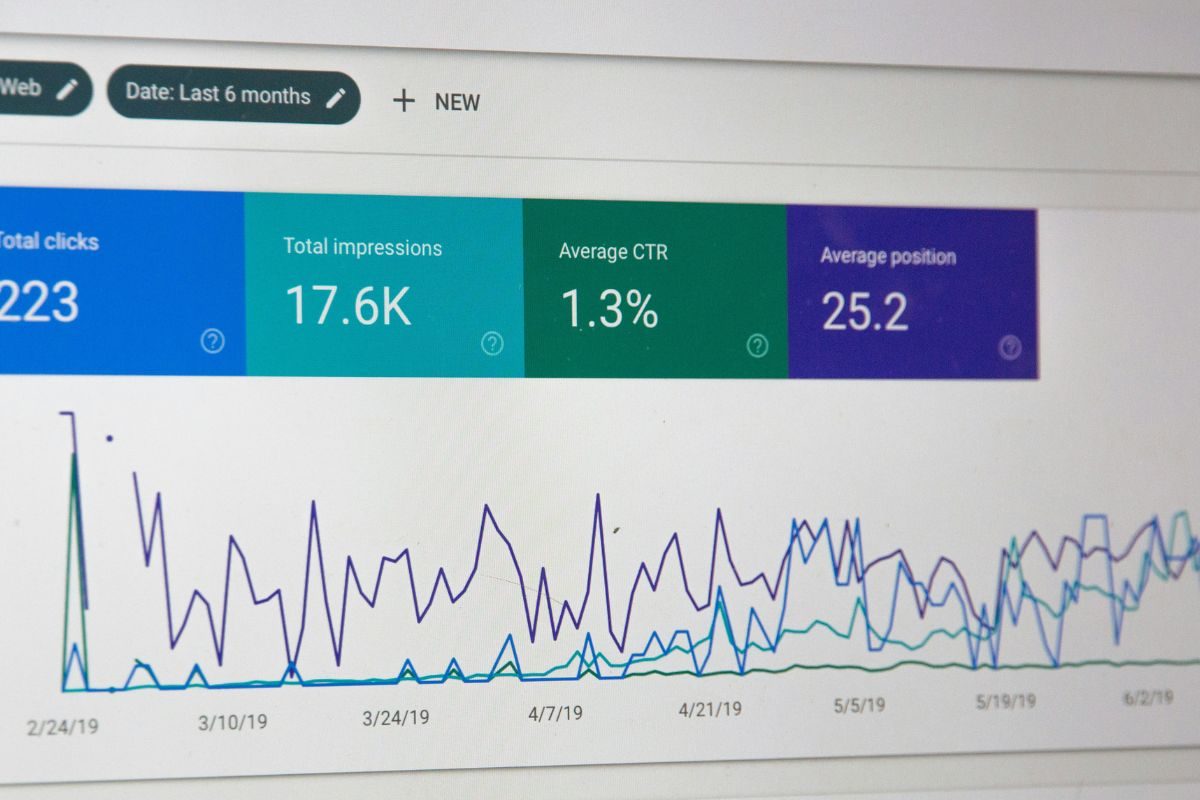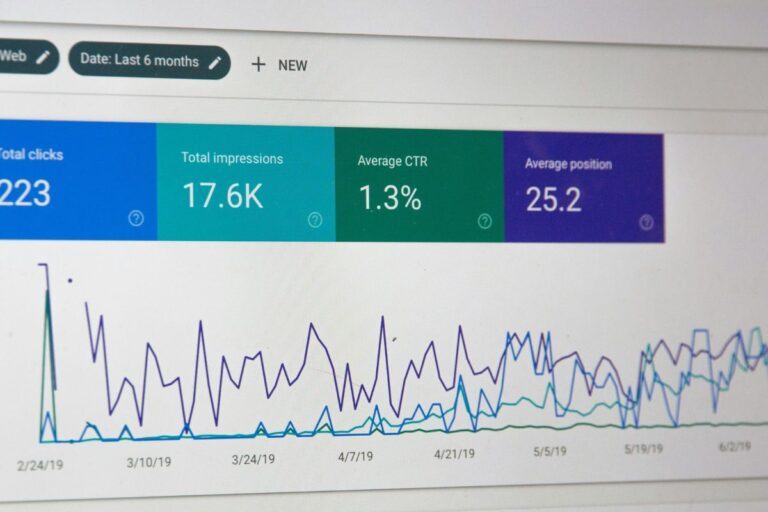The financial services industry will undergo a significant transformation. Data analytics has always been vital in making decisions, assessing risks, detecting fraud, and serving customers. But now, financial institutions are beginning to utilize Generative AI, which changes how they analyze, interact with, and process data. The combination of these two technologies will offer a future of fast decision-making, in-depth insights, and highly tailored experiences.
The Role of Data Analytics in Finance
Data analytics in financial services is the basis of modern banking and investment operations. Using this, firms can predict future outcomes, identify trends, and offer adequate solutions. Financial firms depend on data analytics for:
- Credit and loan risk evaluation.
- Fraud and anomaly detection.
- Customer segmentation and behavior insight
- Optimization of Investment Portfolios
- Algorithmic trading in real time
- Operational efficiency and overall performance assessment.
Generative AI in Data Analytics
The application of generative AI introduces a new level of intelligence through large language models (LLMs) by comprehending, processing, and producing human-like content. Institution operations are transformed by its ability to synthesize intricate data and present it in natural language. Generative AI can:
- Create financial reports and summaries from raw datasets.
- Translate technical insights into customer-friendly language.
- Simulate economic scenarios and forecast financials.
- Power intelligent chatbots and virtual financial advisors.
- Draft regulatory summaries and compliance documentation.
Because of its adaptability, speed, and data learning ability, Generative AI can serve as a great addition to the current analytics infrastructure.
Benefits of Merging Data Analytics with Generative AI
The combination of data analytics with Generative AI not only improves performance, but it transforms it entirely. With Generative AI Solutions, institutions can automate content creation, simulate financial situations, and offer contextual, self-service insights to both internal users and external clients. Here are the benefits of this powerful merger:
- Hyper-personalization: Institutions can provide personalized experiences that are based on their customers’ behaviors, preferences, and even past interactions. AI-driven assistants can offer real-time guidance, investment recommendations, or reminders to clients.
- Enhanced decision-making: AI algorithms can provide user-friendly summaries and interpretable forecasts to executives and analysts. Such foresight is based on live data and advanced modeling.
- Smarter risk management: Using predictive analytics and generative simulations together enables institutions to foresee future threats and evaluate the resilience of their strategies against multiple economic scenarios.
- Faster fraud detection: AI can identify patterns of potential fraudulent activity by analyzing subtle discrepancies. This enables timely intervention by financial institutions before damages escalate.
- Streamlined compliance: Artificial intelligence has the ability to track and evaluate changes in regulations and assist financial teams in formulating appropriate policy adjustments. It also assists in documentation and compliance audits.
- Efficient content generation: From reports for clients to communication with stakeholders, Generative AI can automate routine documentation, allowing people to focus on more strategic areas with their skills.
Challenges and Considerations
Even with all the potential benefits, applying Generative AI to Financial Analytics comes with the following difficulties:
- Data privacy and security: As financial data is sensitive, AI requires compliance with data privacy laws such as GDPR and CCPA.
- Model transparency and bias: Sometimes, generative AI models produce outputs that are biased or lack clarity. It’s important to ensure transparency, equity, and auditability in regulated sectors.
- Talent and training: To properly utilize and incorporate these tools, businesses must invest in proper training for their employees. This involves training staff about the ethics of AI, prompt engineering, and AI operations.
- Infrastructure demands: The computational requirements of running advanced analytics and Generative AI Models are high. Scaling will require Cloud-based infrastructure, edge computing, and optimized data pipelines.
Conclusion
The merging of data analytics and Generative AI is the future of financial services. These technologies are not just analyzing data; they are framing it and taking action like never before. For financial institutions, this means doing entirely new things instead of just doing things better. Those who embrace this convergence early will set themselves apart through smarter decisions, superior customer experiences, and greater operational efficiency.














